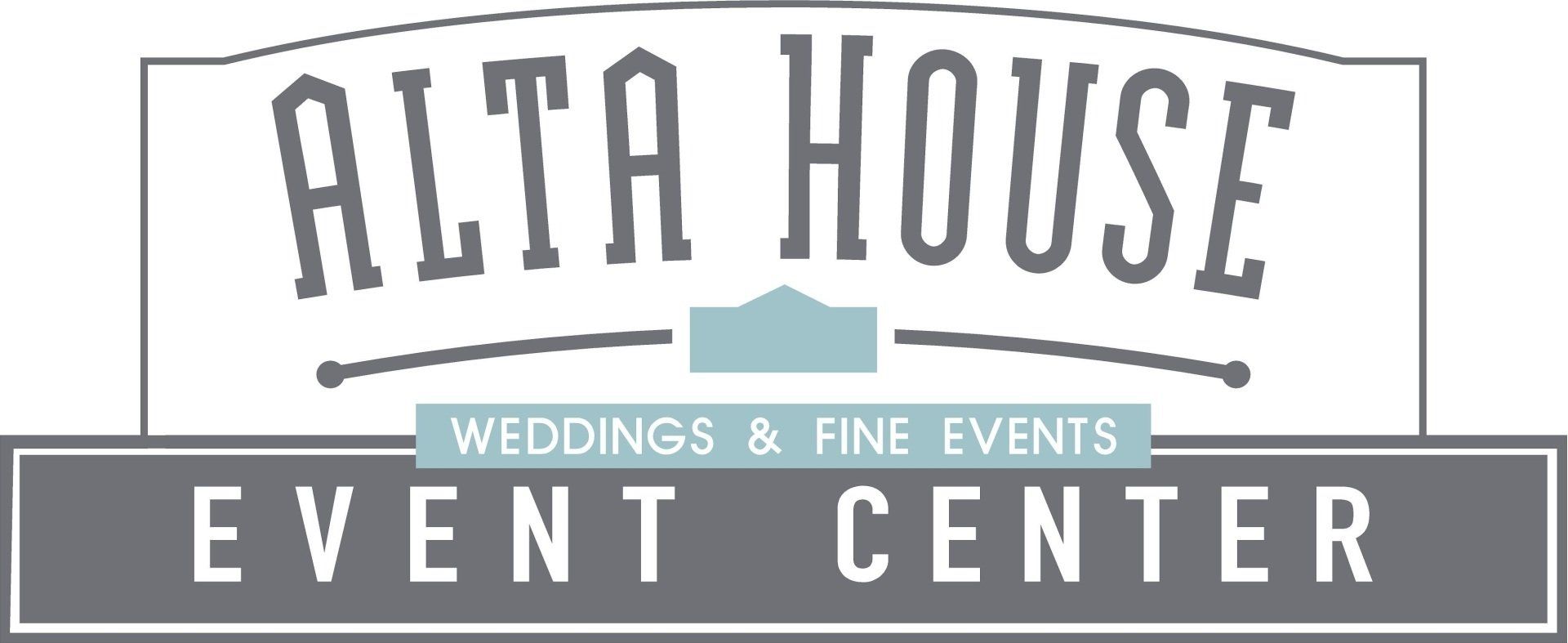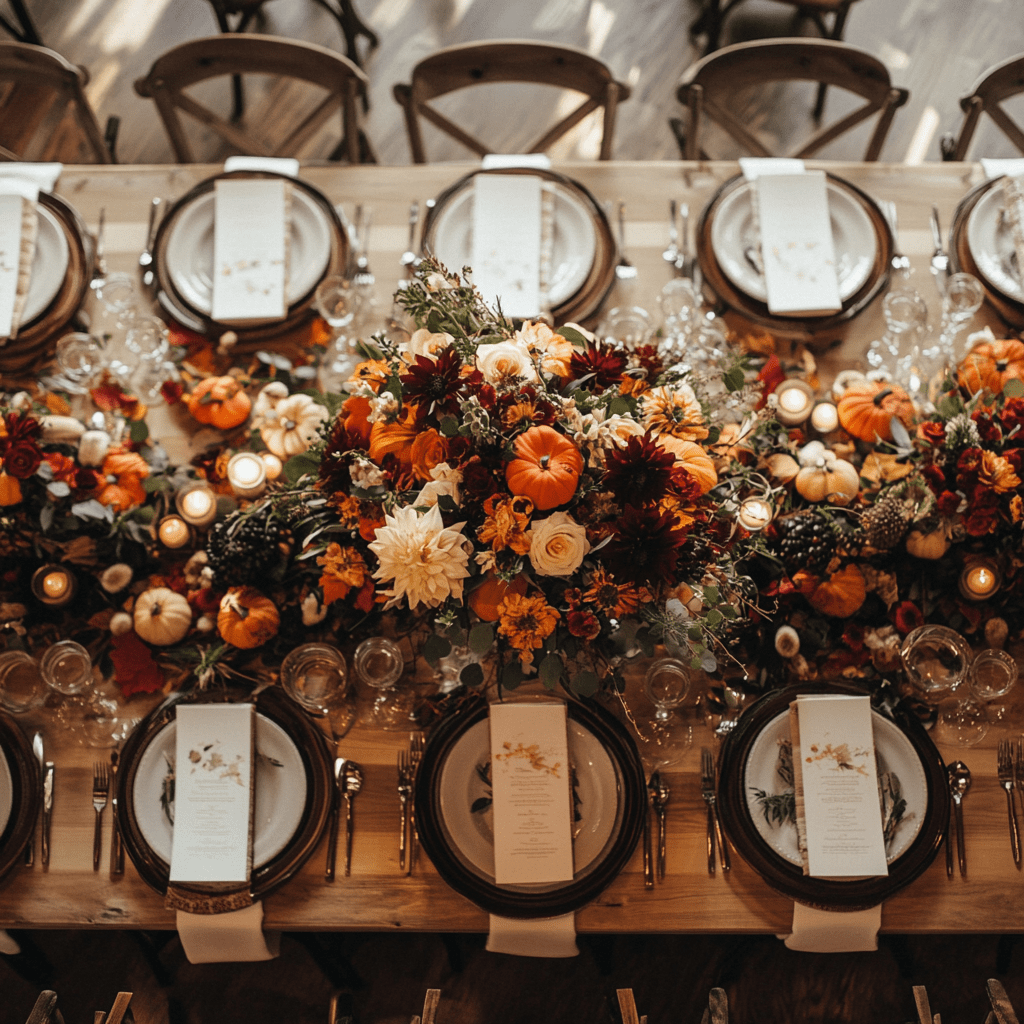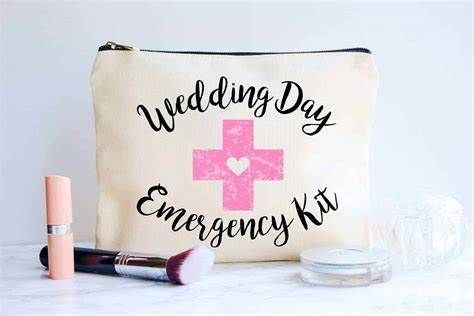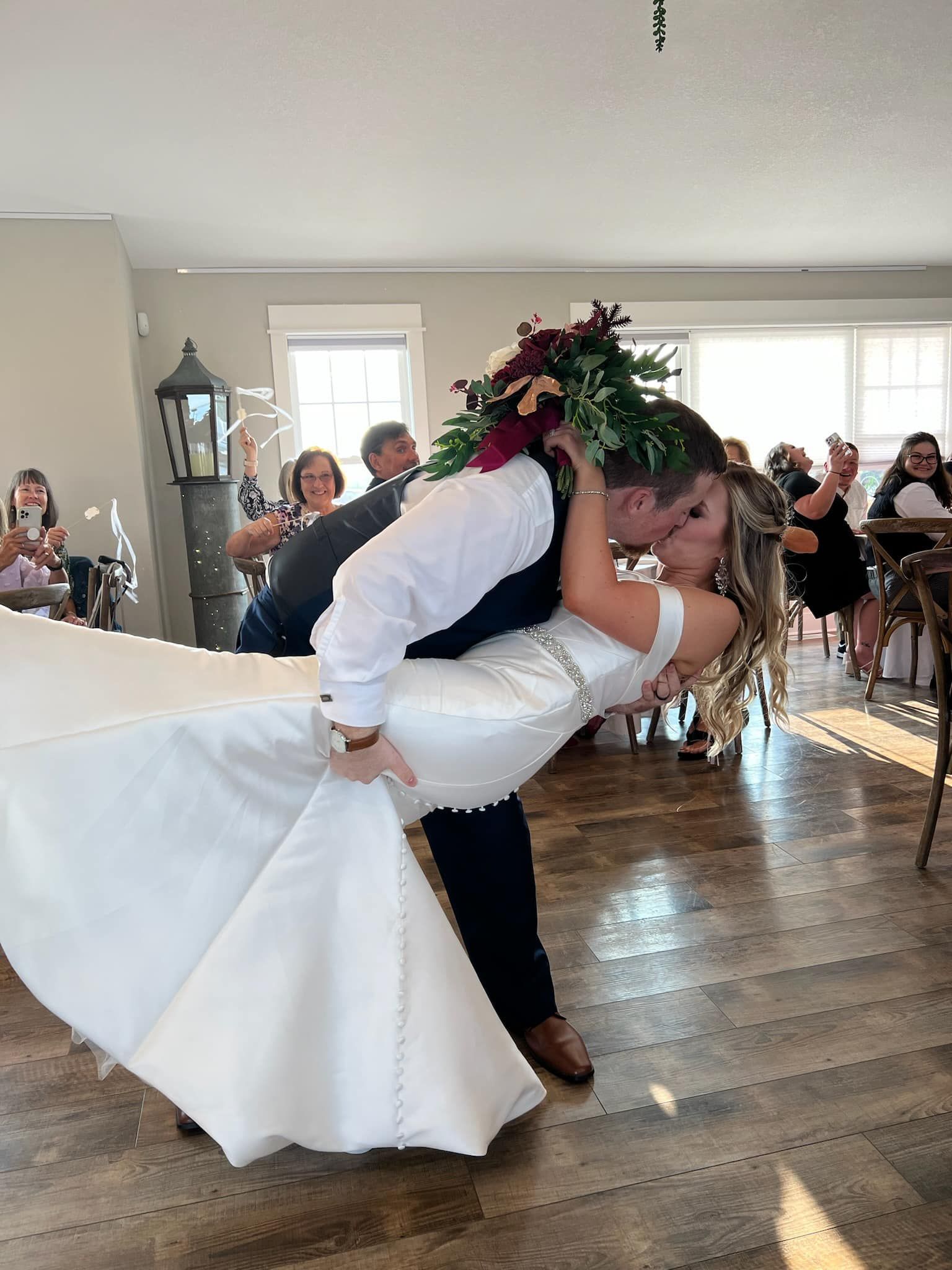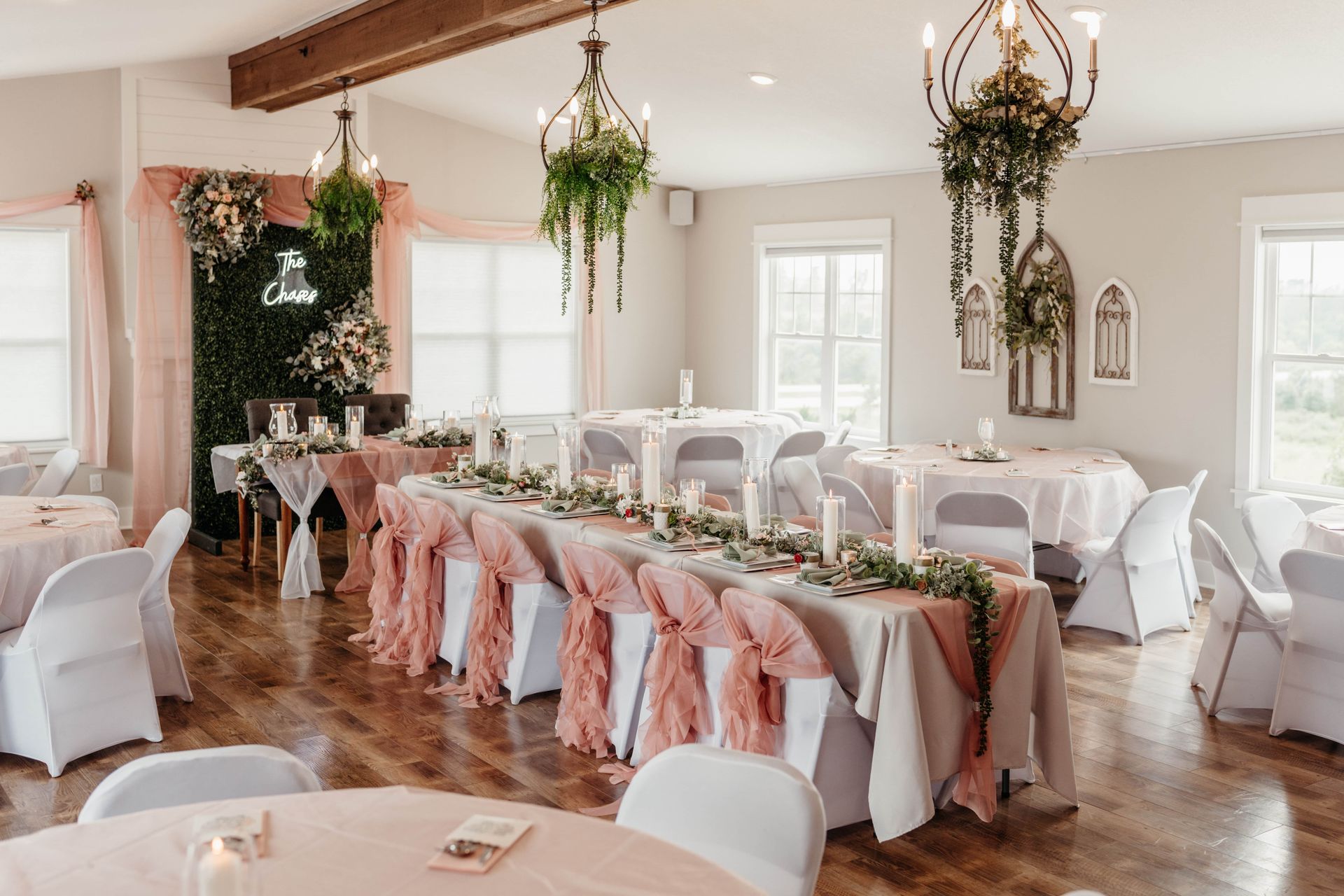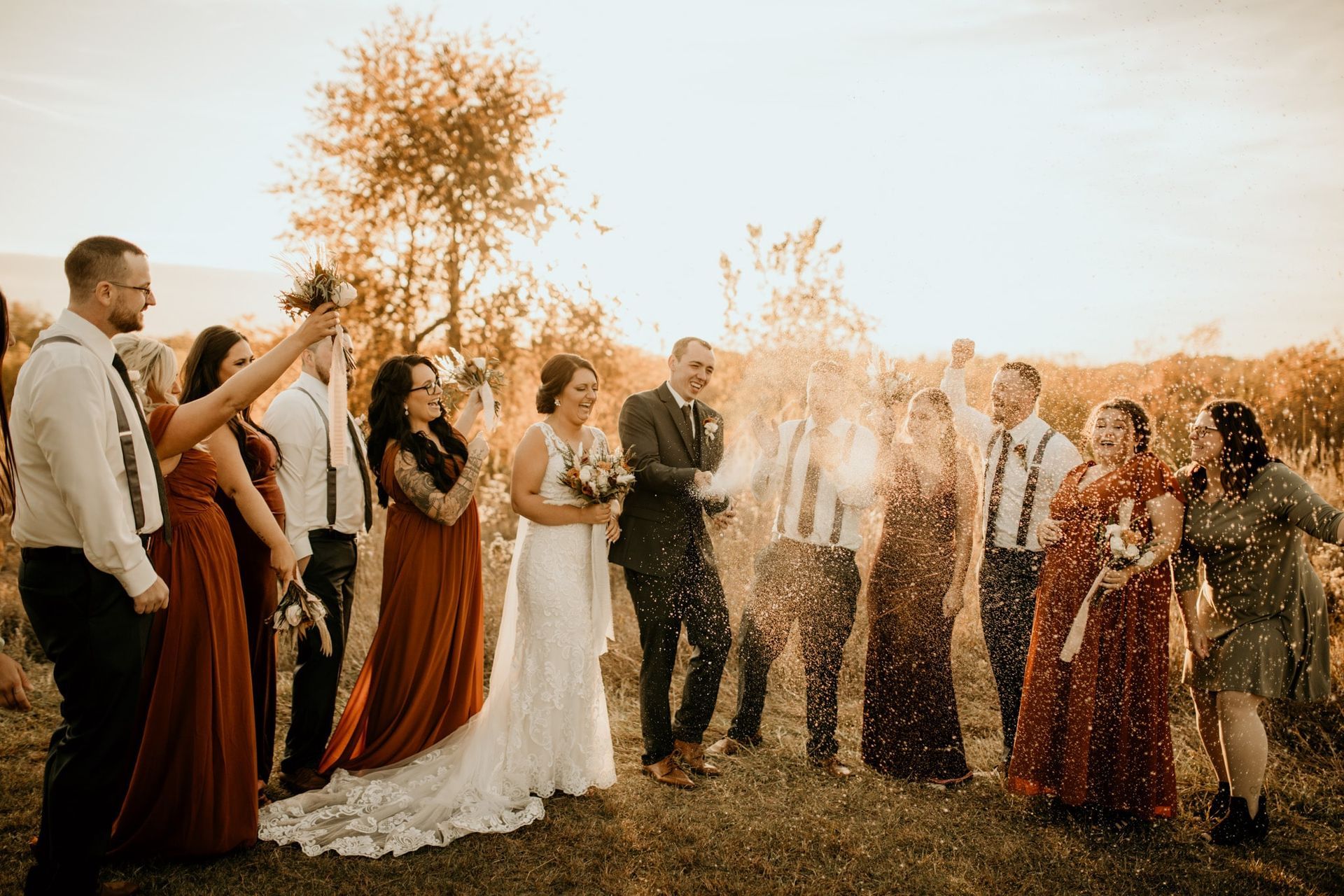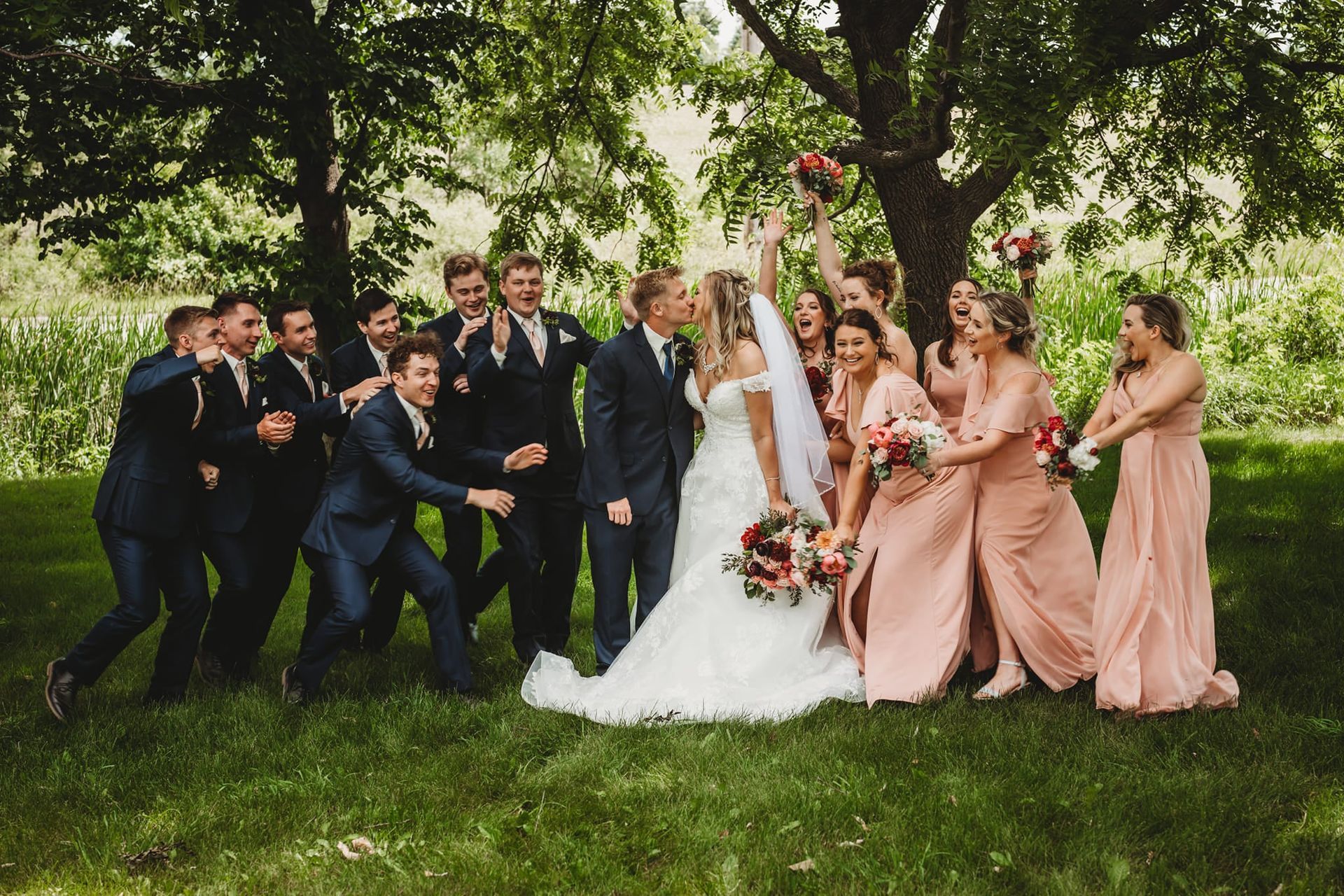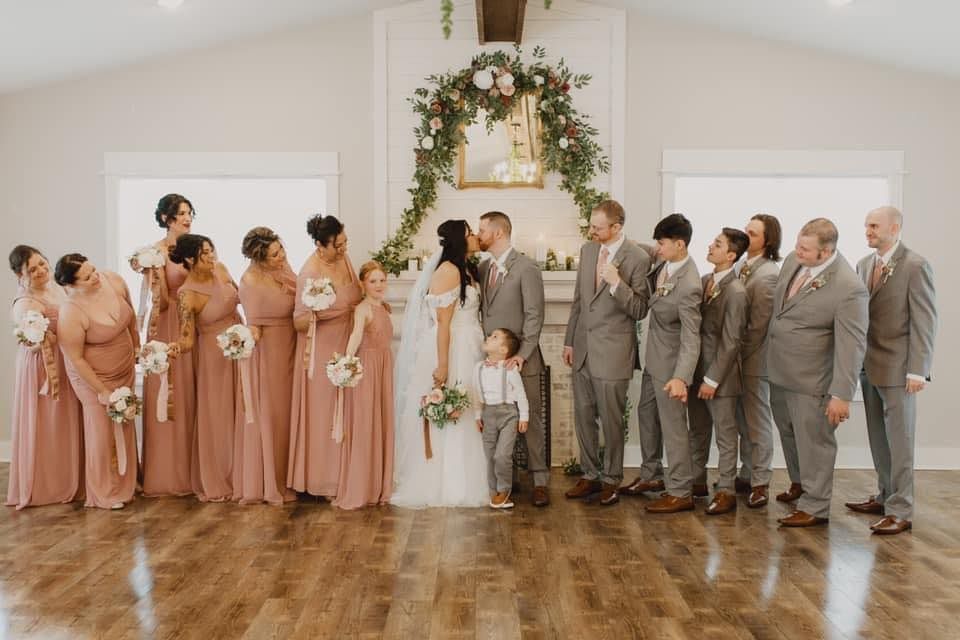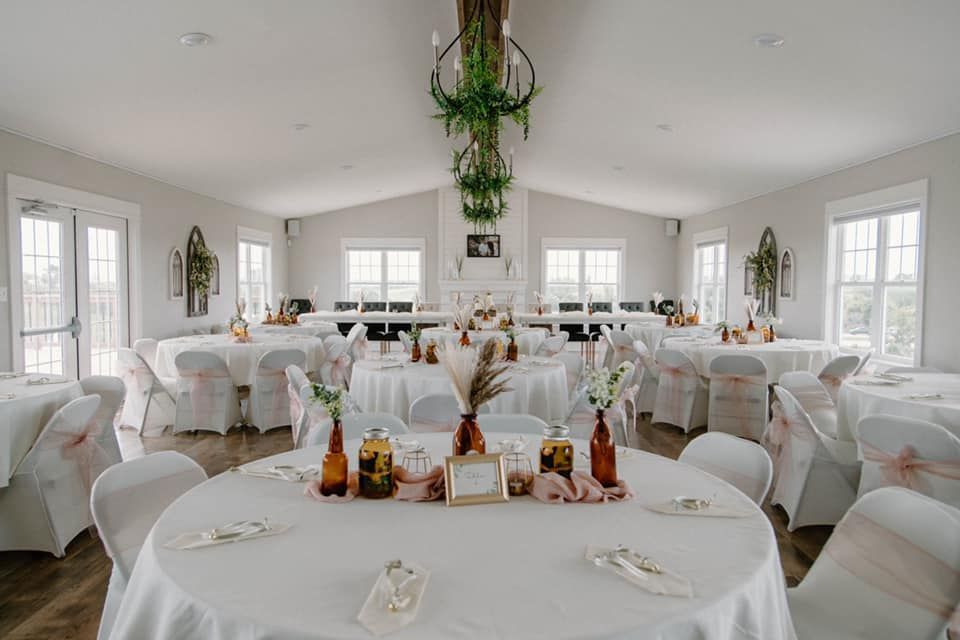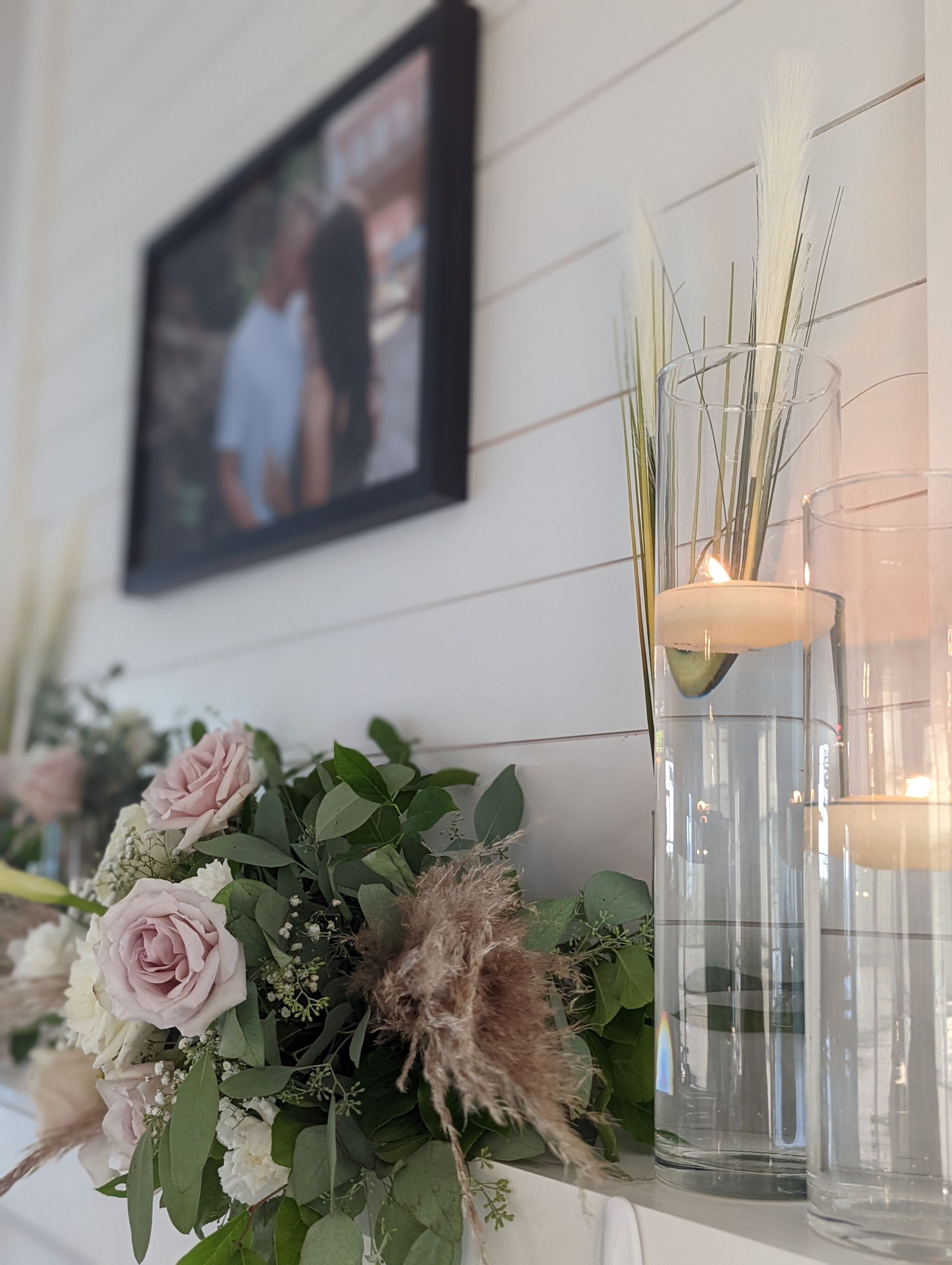What to Expect During the Wedding Rehearsal: A Complete Guide
What to Expect During the Wedding Rehearsal: A Complete Guide
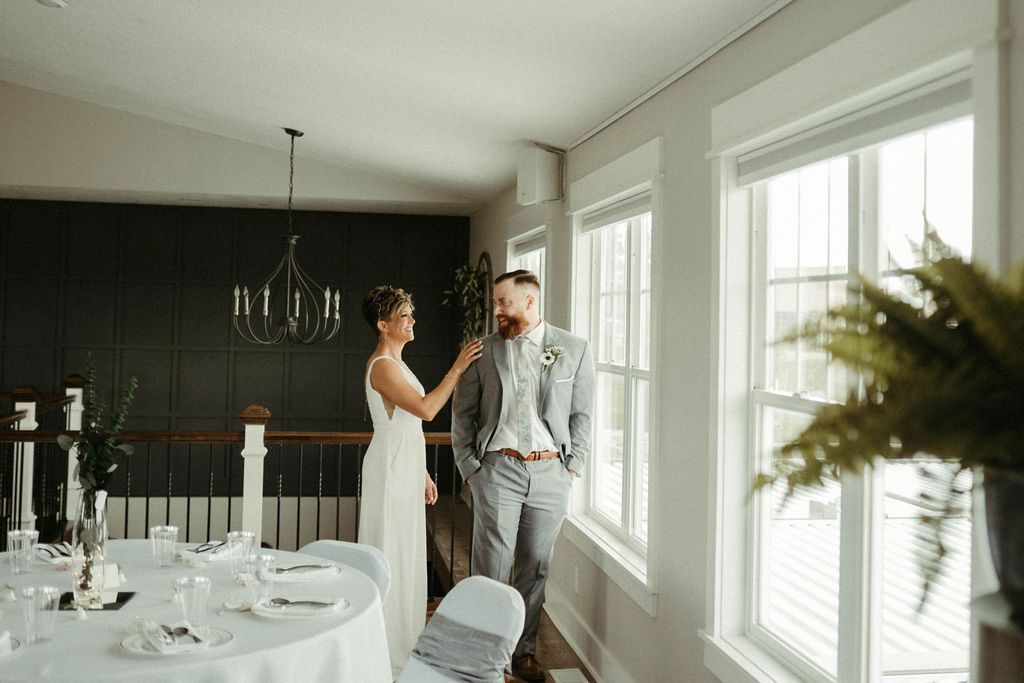
Your wedding rehearsal is one of the final steps before saying "I do." It’s an opportunity for everyone involved to walk through the ceremony, settle nerves, and ensure the big day runs smoothly. Whether you're planning a grand event or an intimate gathering, here's what to expect during your wedding rehearsal and how to make the most of it.
1. Who Should Attend the Wedding Rehearsal?
The wedding rehearsal is for anyone involved in the ceremony. This usually includes:
- The couple
- The officiant
- Wedding party members (bridesmaids, groomsmen, flower girls, ring bearers, etc.)
- Immediate family (parents, grandparents)
- Ushers and readers
- Musicians (if they are part of the ceremony) or someone to play music especially if you have certain build moments and or certain walk-out points of the music Having everyone present ensures that all key roles are clear on what to do, where to stand, and when to make their moves.
2. The Purpose of the Rehearsal
The rehearsal helps map out the flow of the ceremony. From walking down the aisle to the exchange of vows, it’s essential that everyone knows their part. You’ll practice the following:
- Processional and recessional: Walking in and out, determining pacing and order.
- Vows and rings: Running through the exchange of vows and rings, though you won’t say the real vows just yet.
- Cue timing: For anyone giving readings or performing music, knowing when their part comes up.
- Special rituals: If your ceremony includes things like a unity candle, sand ceremony, or cultural traditions, these should be practiced too.
3. What Happens During the Rehearsal?
Typically, the rehearsal takes about 30–60 minutes, depending on the complexity of your ceremony. Here’s a basic rundown of how it flows:
- Welcome and instructions: The officiant or your wedding planner/coordinator will gather everyone together, explain the order, and answer any questions.
- Processional practice: Everyone walks down the aisle to their designated spots. Couples may practice this a few times to get the timing right.
- Ceremony run-through: The officiant will go over the ceremony flow. While you won’t say your vows or exchange rings for real, you will run through the motions.
- Recessional practice: Once the ceremony ends, you’ll practice walking back up the aisle together.
- Additional details: If you have anything special, like seating arrangements for family members or specific roles for your ushers, those will be covered.
4. Practice, Practice, Practice
It’s essential to practice multiple times to ensure that everyone knows their role and feels confident. Having your day-of coordinator or officiant take charge and insist on multiple run-throughs is key. The more you practice, the more natural the ceremony will feel, which will make the big day run smoothly and stress-free!
5. The Role of Your Wedding Planner or Coordinator
If you have a wedding planner or day-of coordinator, they will take the lead during the rehearsal. They’ll direct the procession, cue transitions, and help resolve any questions about timing or placement. This person is key to ensuring everything runs smoothly, so be sure to lean on their expertise!
6. Common Mistakes and How to Avoid Them
- Timing confusion: One common issue during rehearsals is mistiming entrances and exits. Practicing more than once, especially for the processional and recessional, helps everyone get comfortable.
- Forgetting the small details: It’s easy to focus on the big moments and overlook things like who takes the bouquet or where the rings will be kept. Make sure these details are discussed and rehearsed.
- Not taking it seriously: While rehearsals can be relaxed and fun, it’s essential that everyone pays attention. This is your chance to iron out any kinks before the real deal.
7. Rehearsal Dinner: A Time to Celebrate
After the rehearsal, it's traditional to gather for a rehearsal dinner, typically with close family and the wedding party. This dinner serves as a way to relax and thank those closest to you for their support. It’s also a great moment to offer toasts, give gifts to your wedding party, and enjoy time with loved ones before the whirlwind of the wedding day.
8. Tips for a Smooth Rehearsal
- Be on time: Start your rehearsal on time to avoid delays, especially if you have dinner plans afterward.
- Communicate roles clearly: Make sure everyone knows their part. If there’s any confusion, address it before the day of the wedding.
- Stay flexible: Things may not go perfectly during rehearsal, and that’s okay! The point is to troubleshoot and practice until everyone feels comfortable.
Final Thoughts
The wedding rehearsal is more than just a walk-through—it’s a chance to bring everyone together, calm your nerves, and ensure your ceremony runs as smoothly as possible. With good communication, a bit of patience, and a sense of humor, you’ll be ready to take on your big day with confidence!
If you're currently planning your wedding and looking for a venue that fits your vision and budget, consider booking a tour at Alta House Event Center. Our versatile spaces and dedicated team are here to help you bring your wedding dreams to life. Contact us today to schedule your personalized tour and discover how Alta House can be the perfect backdrop for your wedding day.
CONTACT INFORMATION:
Phone: 641-792-2582
Email: info@altahouse.com
Address: 1600 E 36 Street South, Newton, IA 50208
Mailing Address: P.O. Box 486, Newton, IA 50208
Business Hours:
10 a.m. – 10 p.m. | Sun – Thur
10 a.m. – 11 p.m. | Fri - Sat
